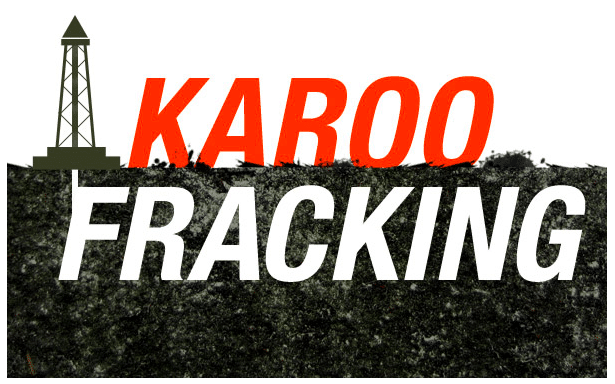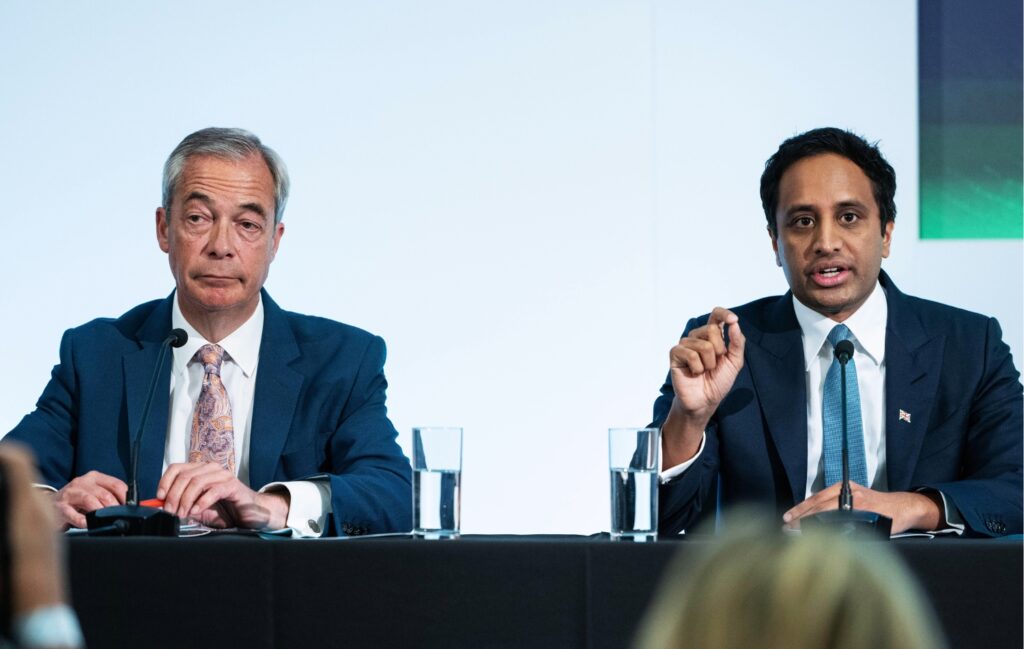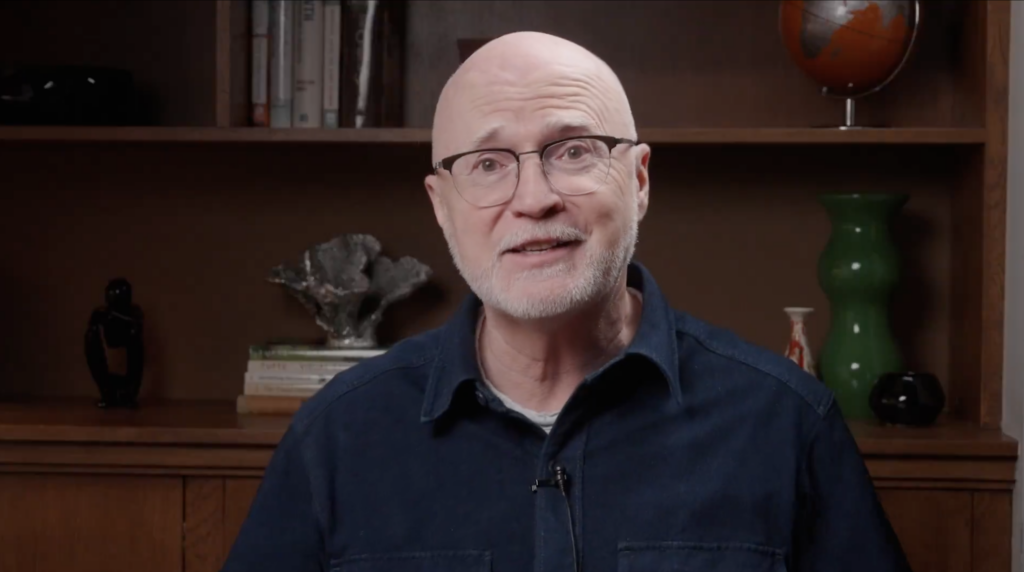The gas industry has finally received the slap on the hand it deserves for parroting the outdated refrain: “there are no instances of documented water contamination from hydraulic fracturing.” In South Africa, the Advertising Standards Authority (ASA) ordered oil and gas giant Shell to withdraw claims about shale gas drilling, after the authority found the company guilty of propagating misleading information in several newspapers.
The Karoo region of South Africa has become an international target for unconventional gas producers since its vast shale gas deposits were discovered in recent years. The rush to drill created a wave of public concern, after reports of fracking disasters, including water contamination, well blow-outs and explosions, have become commonplace across America. The government has called for a delay in granting drilling permits until a full-scale study is completed to address mounting concerns.
Looking to sway public opinion, Shell published numerous full-page public relations adverts in local newspapers, claiming that hydraulic fracturing is used in 90% of gas wells and has never caused water contamination.
The ASA ruled that numerous aspects of the Shell adverts are “unsubstantiated and misleading.” The claims made by Shell are “not adequately substantiated,” according to the authority, and are “in contravention” of advertising codes in South Africa, which requires such information to have “unequivocal, independent verification.”
The ASA condemned Shell for their position on water contamination, saying that the company was clearly portraying a biased perspective and should have taken to time to assess a broader spectrum of literature on the topic.
This is not the first time Shell has had to pull an advertisement from a major news source. In 2008 the British advertising authority forced the company to withdraw an advert boasting their new “sustainable” energy developments in the Canadian tar sands.
The South African citizen organization Treasure the Karoo Action Group, who made the official complaint to the ASA, welcomed the ruling.
Bonang Mohale, Shell South Africa chair said they are disappointed with the ruling, adding “the purpose of the advert was to provide information directly to the public to enable them to properly assess the nature of the proposed shale gas exploration in the Karoo, as well as the accompanying technology of hydraulic fracturing.”
Shell, along with others from the gas industry, has been pushing to perform preproduction fracking despite the moratorium. Test fracking, they say, is necessary to determine where and how to drill, and how much to invest.
Treasure the Karoo chairperson Jonathan Deal says that Shell is in no position to make such demands. “We do not know enough about the long-term or even the short-term damage fracking could inflict on the environment.”
The PR stunt by Shell is a deliberate attempt to misinform the public he says, and “we should not be misled by the emotional calls and manufactured facts of such adverts.”
Image Credit: www.rainharvest.co.za
Subscribe to our newsletter
Stay up to date with DeSmog news and alerts







